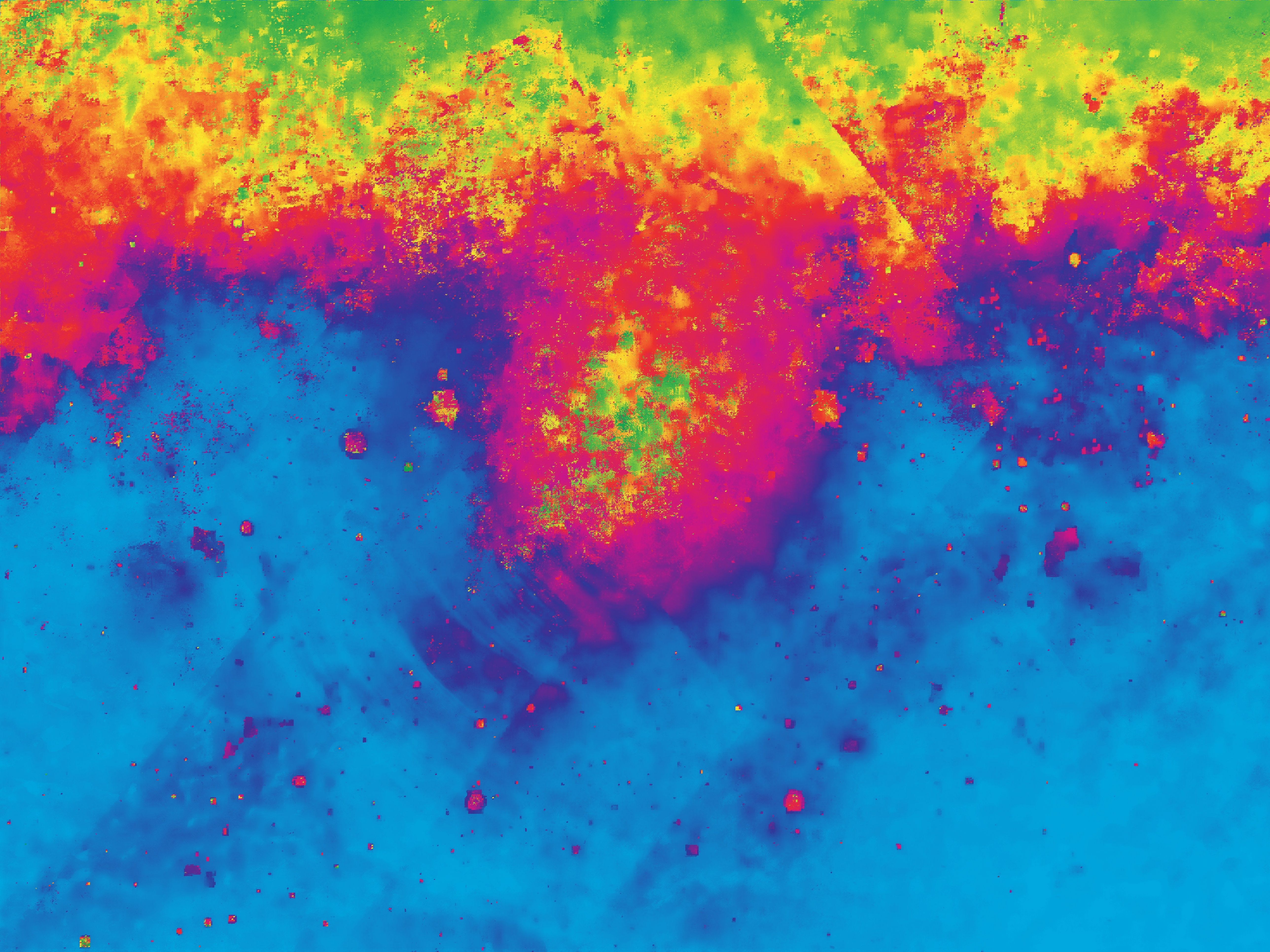Breakthrough Method for Peptide Purity Analysis: Gas Chromatography–Isotope Dilution Infrared Spectrometry Takes Center Stage
Researchers have introduced a novel primary method utilizing gas chromatography–isotope dilution infrared spectrometry (GC–IDIR) for accurate peptide purity analysis.
Scientists at Beijing University of Chemical Technology have proposed a potential primary method for peptide purity analysis using gas chromatography–isotope dilution infrared spectrometry (GC–IDIR). The study, published in the Analytical and Bioanalytical Chemistry journal, explores the principle and feasibility of this innovative measurement technique, and demonstrates its accuracy and precision in assessing peptide purity, specifically [Glu1]-fibrinopeptide B (1). The results obtained by the proposed method were compared with those obtained by high performance liquid chromatography-isotope dilution mass spectrometry (HPLC–IDMS), confirming its promising potential as a cost-effective and accurate alternative for peptide purity analysis.
Infrared Ultraviolet Abstract Wallpaper | Image Credit: © Anne - stock.adobe.com

GC–IDIR is an analytical technique that combines the principles of gas chromatography, isotope dilution, and infrared spectroscopy. It involves the separation of compounds using gas chromatography (GC) followed by detection using infrared spectroscopy (IR). Isotope dilution (ID) is employed to accurately quantify the target analytes by introducing known amounts of isotopically labeled internal standards. The infrared spectra obtained provide information about the functional groups and chemical structure of the compounds, allowing for identification and quantification in complex mixtures. GC–IDIR is a powerful tool for the analysis of volatile and semi-volatile compounds, offering high sensitivity, selectivity, and precision in various fields such as environmental analysis, forensic science, and food safety.
Ensuring the purity of peptides is crucial for various applications in chemistry and biology. In this study, researchers aimed to develop a new method for peptide purity analysis utilizing GC–IDIR.
The team conducted comprehensive investigations to optimize the conditions for derivatization, separation, and infrared detection of amino acids. They then assessed the performance of the proposed method by analyzing the purity of [Glu1]-fibrinopeptide B and comparing the results with those obtained using HPLC–IDMS.
Remarkably, the average purity of six sub-samples measured by the GC–IDIR method was (0.755 ± 0.017) g/g, closely matching the results obtained by isotope dilution mass spectrometry (0.754 ± 0.012) g/g. The repeatability of the proposed method was 2.2%, similar to that of isotope dilution mass spectrometry (1.7%).
The developed method exhibits a similar principle to isotope dilution mass spectrometry and demonstrates comparable accuracy, precision, and linearity. However, due to the lower sensitivity of infrared detection, the proposed method has higher limits of detection (LOD) and quantitation (LOQ). Nevertheless, the results obtained are traceable to the Système International d'Unités (SI) standards.
One notable advantage of the proposed method is its cost-effectiveness, as it requires only one isotope-labeled atom in an analog, and multiple infrared spectra can be extracted, averaged, and utilized for amino acid calculations in a single run, potentially enhancing accuracy.
The developed GC–IDIR method has the potential to become a widely used primary method for peptide purity analysis. Not only does it offer accurate quantification, but it also presents a cost-effective alternative to isotope dilution mass spectrometry.
The versatility of this method allows for its extension to the accurate quantitation of other organic compounds, including proteins. Its successful implementation may open new avenues for chemical and biological measurements, facilitating more precise and efficient analyses in various scientific fields.
Reference
(1) Song, J.; Zhou, D.; Wu, L.; Wang, Z.; Jiang, X.; Su, P.; Yang, Y. A potential primary method for peptide purity analysis by gas chromatography-isotope dilution infrared spectrometry. Anal. Bioanal. Chem. 2023. DOI: https://doi.org/10.1007/s00216-023-04772-x
Thermodynamic Insights into Organic Solvent Extraction for Chemical Analysis of Medical Devices
April 16th 2025A new study, published by a researcher from Chemical Characterization Solutions in Minnesota, explored a new approach for sample preparation for the chemical characterization of medical devices.
Sorbonne Researchers Develop Miniaturized GC Detector for VOC Analysis
April 16th 2025A team of scientists from the Paris university developed and optimized MAVERIC, a miniaturized and autonomous gas chromatography (GC) system coupled to a nano-gravimetric detector (NGD) based on a NEMS (nano-electromechanical-system) resonator.
Miniaturized GC–MS Method for BVOC Analysis of Spanish Trees
April 16th 2025University of Valladolid scientists used a miniaturized method for analyzing biogenic volatile organic compounds (BVOCs) emitted by tree species, using headspace solid-phase microextraction coupled with gas chromatography and quadrupole time-of-flight mass spectrometry (HS-SPME-GC–QTOF-MS) has been developed.
Common Challenges in Nitrosamine Analysis: An LCGC International Peer Exchange
April 15th 2025A recent roundtable discussion featuring Aloka Srinivasan of Raaha, Mayank Bhanti of the United States Pharmacopeia (USP), and Amber Burch of Purisys discussed the challenges surrounding nitrosamine analysis in pharmaceuticals.






